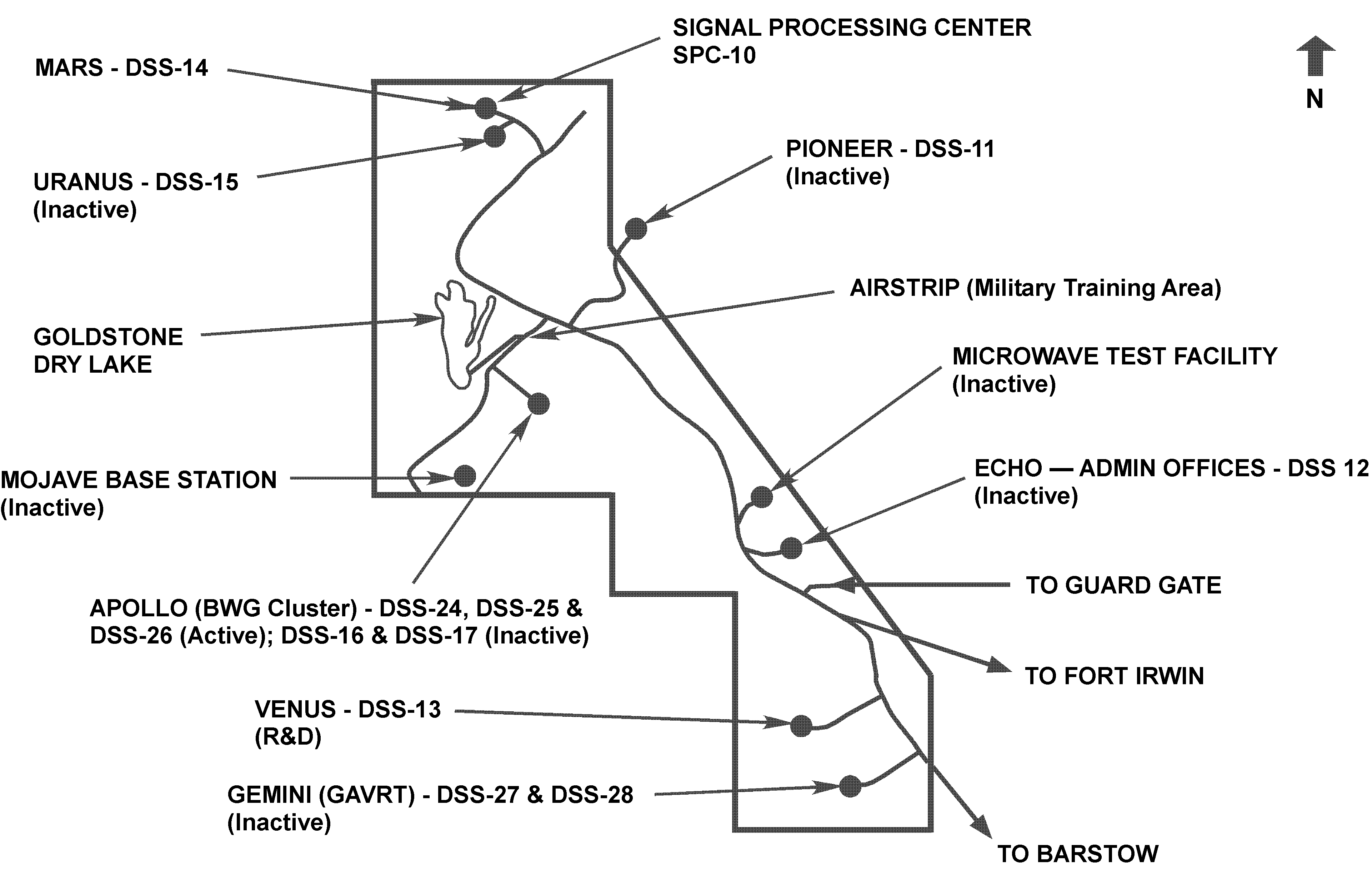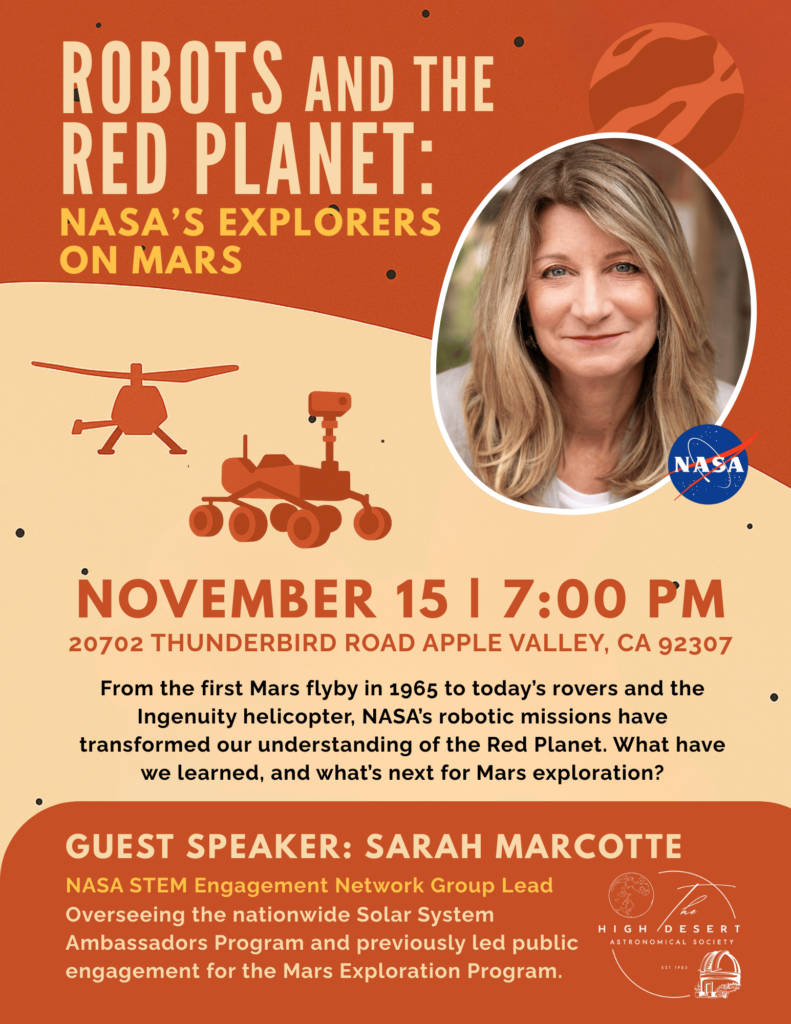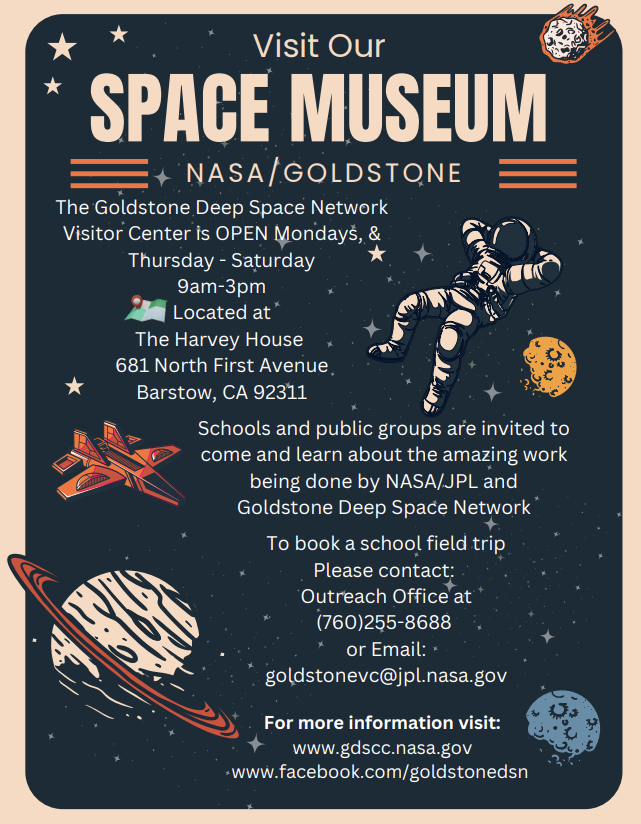Goldstone Deep Space Communications Complex
Goldstone would like to announce that the NASA Goldstone Visitor Center located in Barstow at the Historic Harvey House is now OPEN Mondays, Thursdays, Fridays, and Saturdays from 9:00am-3:00pm. Please note that there is no entry fee and reservations are not required to visit the Visitor Center.
News and Announcements
Join us at the Luz Observatory in Apple Valley on Saturday, November 15, 2025 at 7:00 PM for an inspiring evening with Sarah Marcotte, NASA STEM Engagement Network Lead at the Jet Propulsion Laboratory.
Sarah leads NASA’s Solar System Ambassadors Program, guiding a nationwide team of over 1,200 volunteers who bring the latest space discoveries to classrooms, museums, planetariums, and beyond. Previously, she served as the public engagement lead for NASA’s Mars Exploration Program, working with museums and media to make Mars missions engaging and accessible for everyone.
Her talk, “Robots and the Red Planet: NASA’s Explorers on Mars,” will take us on a journey through six decades of robotic exploration. From Mariner 4’s first flyby in 1965 to the Ingenuity helicopter’s historic flight in 2021, NASA’s orbiters, landers, and rovers have revolutionized our understanding of Mars. She will explore the Red Planet’s secrets, what we’ve learned about its past and present, and the big questions still driving NASA’s future missions, including whether life ever existed there and how humans might one day set foot on Mars.
After the presentation, members of the High Desert Astronomical Society will have telescopes set up along with the observatory’s own instruments for an evening of stargazing.
Don’t miss this chance to hear directly from NASA, connect with the excitement of planetary exploration, and look up at the wonders of the night sky.
Seats are limited and this event will fill up quickly. Reserve your spot today: https://forms.gle/tPVjUqVJyBMoESdt7
NASA’s Planetary Defenders Documentary Premieres April 16
NASA is bringing the world of planetary defense to the public with its new documentary, “Planetary Defenders.”
What would humanity do if an asteroid were headed for Earth? The documentary takes viewers inside the real-life efforts of scientists and engineers working to detect, track, and mitigate potential asteroid threats. Featuring firsthand accounts from experts on the front lines, the film reveals the science, technology, and personal dedication behind planetary defense. The film also showcases the teamwork that drives this critical global effort.
https://www.nasa.gov/general/nasas-planetary-defenders-documentary-premieres-april-16/
Click Here to View the Planetary Defenders Trailer
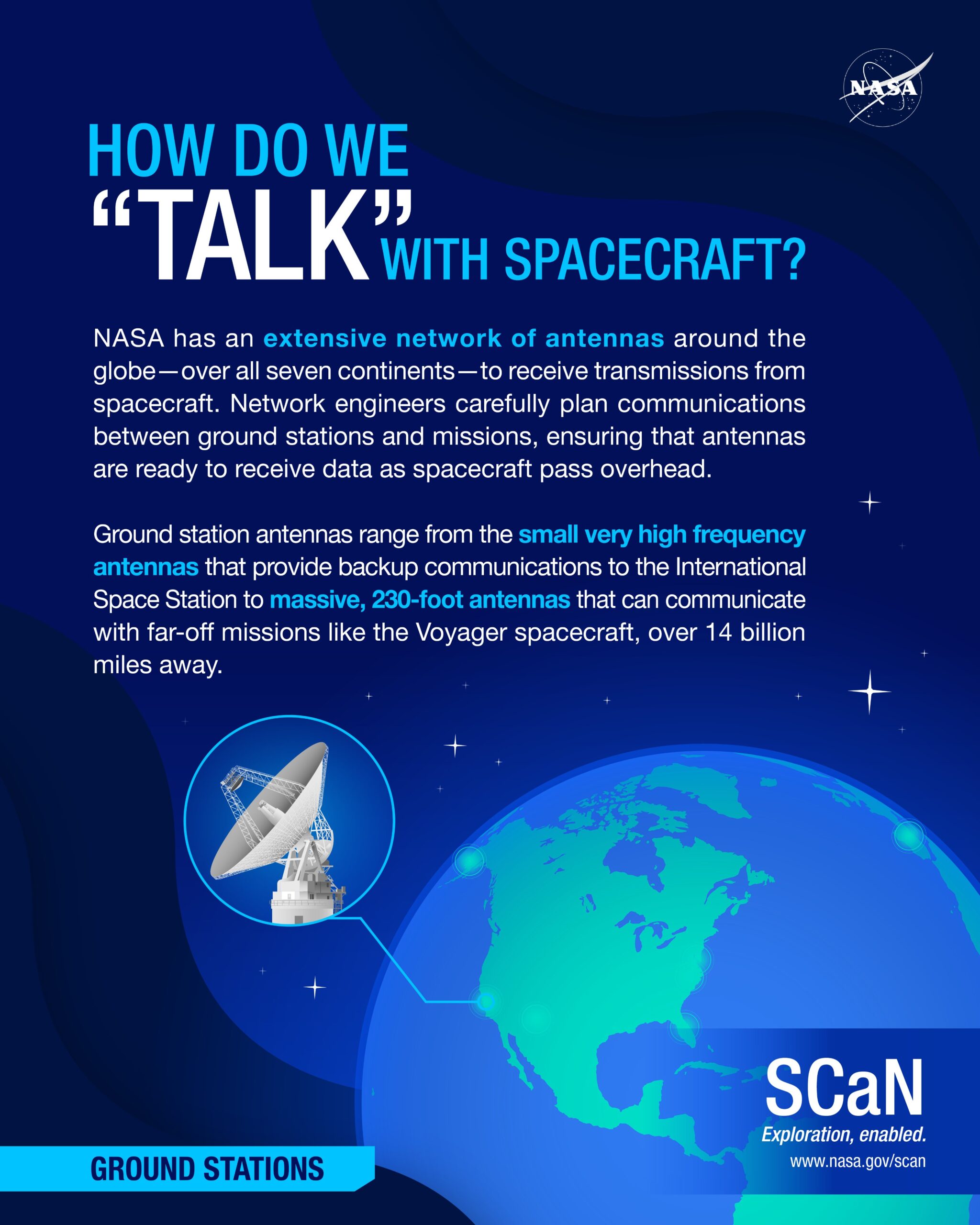
About Goldstone
Goldstone is one of three complexes around the world known as the Deep Space Network (DSN) established to provide the ability to communicate with spacecraft; not only in orbit around the earth, but also in the farther reaches of our solar system. The Deep Space Network complexes, placed 120° apart, provide constant communication with spacecraft as the Earth rotates. In determining the exact position for the site in California, a remote location, free from radio signal interference, was needed. The remote location of the Mojave Desert in California, near the old mining town of Goldstone, was determined to be an optimal location and in 1958 the first antenna was built. Facilities near Madrid, Spain and Canberra, Australia complete the Deep Space Network providing 360 degree coverage for spacecraft tracking.
For over half a century the Goldstone Deep Space Communications Complex (GDSCC) has provided a vital communications link for NASA/JPL manned and unmanned spacecraft. Fifty years of space exploration has seen many milestones in both robotic and manned spacecraft. From the first planetary encounters, the first human landing on the moon, to missions that reach the farthest points in our solar system, the Goldstone Deep Space Communications Complex has been there to bring home the critical data, images, or science.
As missions meet new milestones in the 21st century, the Goldstone Deep Space Communications Complex as part of the Deep Space Network will continue to meet NASA’s vision for space exploration.
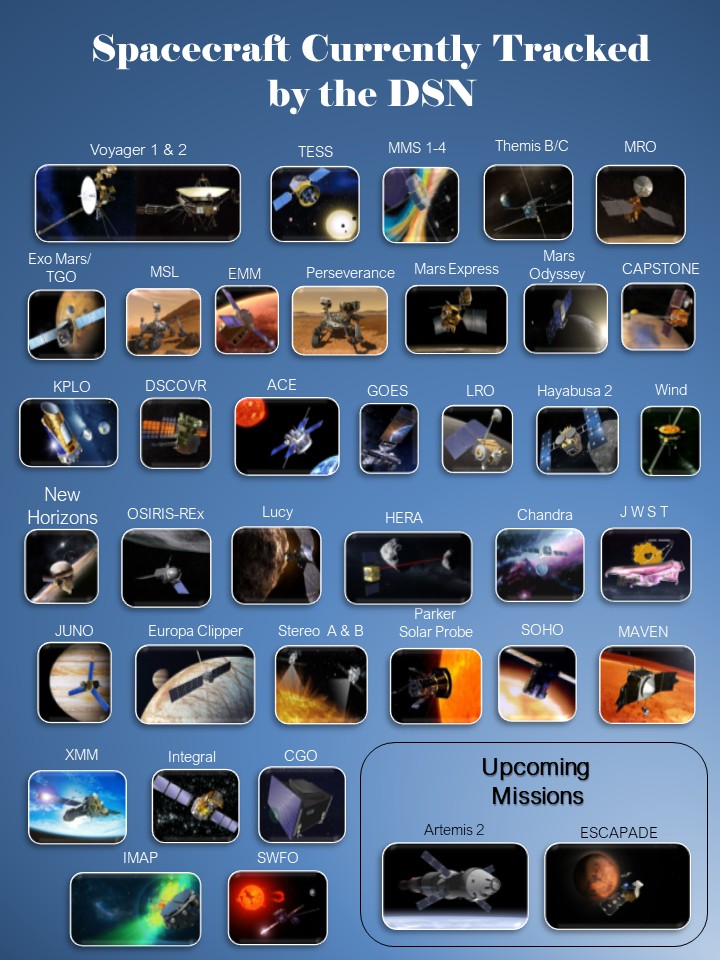
Goldstone Map
